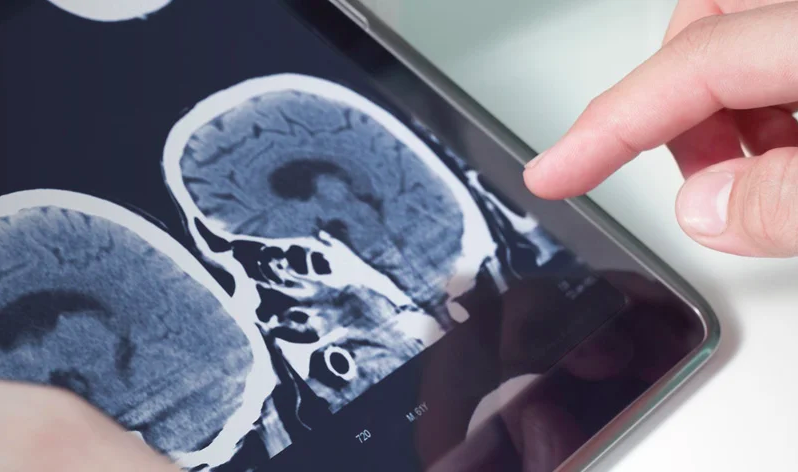Radiology – Integrated Training Initiative (R-ITI) | Paediatrics | Pathological Causes of Bilateral Hyperlucent Hemithoraces



Pathological Causes of Bilateral Hyperlucent Hemithoraces
Session Overview
Description
This session describes common causes of bilateral hyperlucent hemithoraces in children and through a series of examples explains how to investigate further to determine the most likely diagnosis.
Learning Objectives
By the end of this session you will be able to:
- Describe common causes of bilateral hyperlucency of the paediatric chest x-ray (CXR)
- Discuss an approach to radiological investigation
- List common types of vascular rings and explain their radiological appearances
Prerequisites
Before commencing this session you should:
- Have a basic understanding of paediatric chest pathology
- Recognise normal appearances of the paediatric CXR
- Have completed the session in Module 5 Paediatrics/Assessment of Bilateral Hyperlucent Hemithoraces (300-0447)
In the session in Module 5 Paediatrics/Assessment of Bilateral Hyperlucent Hemithoraces you considered how to assess a CXR for hyperlucency and briefly considered the influence of technique on radiographic appearance.
In this current session you will now consider the main pathological causes of hyperlucency in more detail:
- Hyperinflation of the lungs, which may be:
- Non-obstructive
- Obstructive
There are additionally many causes of generalised hyperinflation of the lungs in children, such as:
- Decreased pulmonary blood flow
- Free intrathoracic air
The session will give you information about all these points.
Non-obstructive hyperinflation
This is also referred to as physiological hyperinflation.
It can be caused by:
- Compensatory 'air hunger' e.g. in cases of acidosis and cyanotic congenital heart disease
- Mechanical ventilation
- Step to Work | Systems that shape everyday practic...
- Posted By eIntegrity Healthcare e-Learning
- Posted Date: 2024-12-23
- Location:Online
- This session looks at how the everyday practice of allied health professionals is part of, and shaped by, complex systems.
- Step to Work | Sustaining change and learning
- Posted By eIntegrity Healthcare e-Learning
- Posted Date: 2024-12-23
- Location:Online
- In this session, we will help you begin to draw together some of your reflections and learning from the Step to Work programme. We will be drawing on some ideas from positive psychology to help you do this.
- Step to Work | Positive appraisal of learning duri...
- Posted By eIntegrity Healthcare e-Learning
- Posted Date: 2024-12-23
- Location:Online
- This session focuses on appraising your experiences in service settings to help you surface and understand the thoughts and feelings1 about difficult and challenging situations you have experienced. It will also help you to better appreciate your own stre
- Step to Work | Personal wellbeing at work
- Posted By eIntegrity Healthcare e-Learning
- Posted Date: 2024-12-23
- Location:Online
- This session explores how we can use self-care practices to help overcome the negative impacts that challenging days at work have on us and promote health and wellbeing.
- Step to Work | Introduction to the sessions in the...
- Posted By eIntegrity Healthcare e-Learning
- Posted Date: 2024-12-23
- Location:Online
- Introdcution to the sessions in the Step to Work programmme.


